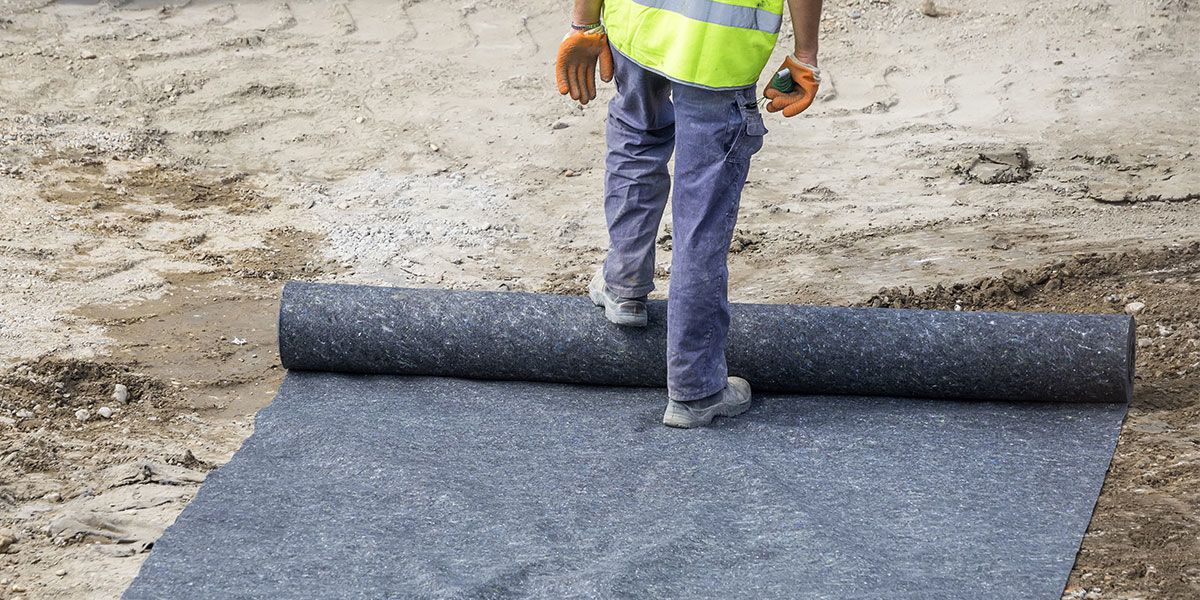Geotextiles play an essential role in modern civil engineering, widely used in roadbeds, drainage systems, soft-soil reinforcement, erosion control, and landfill construction. As global infrastructure demand increases, engineering companies and importers need reliable suppliers who can deliver high-performance materials consistently. Selecting the right supplier impacts cost efficiency, construction safety, and long-term project stability.
What Is Geotextile and Why It Matters in Engineering?
Geotextile is a permeable textile material made from polypropylene (PP) or polyester (PET), commonly produced in non-woven or woven form. It functions as separation, filtration, drainage, reinforcement, and protection in soil structures. Choosing the correct type and quality of geotextile ensures improved soil performance, reduced deformation, better drainage flow, and extended lifespan of infrastructure.
What Defines a Reliable Geotextile Supplier?
A dependable geotextile partner must deliver materials that meet engineering standards while offering technical and commercial stability.
Production Strength and Quality Reliability
- Advanced lines for PET/PP non-woven and woven geotextile
- Uniform GSM, accurate roll dimensions, stable mechanical strength
- Full QC system covering tensile, elongation, permeability, and CBR puncture tests
- Quality certificates aligned with ASTM, EN, and ISO
Engineering Support, Customization, and Global Service
- Professional recommendations based on project conditions
- OEM packaging, custom roll length, and private-label solutions
- Strong export experience for Asia, Africa, South America, and Europe
- Freight optimization, fast loading plans, and document assistance
Why Choosing the Right Supplier Matters
In large-scale infrastructure projects, material failure can lead to soil collapse, drainage blockage, structural deformation, and even project shutdowns. Working with an experienced supplier minimizes such risks. A reliable partner ensures stable quality, clear documentation, and timely delivery—reducing hidden costs and supporting long-term project planning.
Our Commitment as a Professional Geotextile Supplier
As a specialized manufacturer focused on B2B markets, we are committed to delivering geotextiles that match international engineering requirements. Our production follows strict material standards to ensure consistent filtration, reinforcement, and drainage performance. We offer technical guidance before ordering, transparent communication during production, and stable support for long-term cooperation. Whether you are managing large tenders, distribution networks, or continuous infrastructure projects, we aim to provide dependable supply, professional advice, and durable products that perform reliably on every job site.
Conclusion
A high-quality geotextile supplier must combine manufacturing capability, technical knowledge, international logistics expertise, and consistent quality assurance. Choosing the right partner ensures structural reliability, lower maintenance costs, and improved project outcomes. For B2B buyers seeking long-term cooperation, working with a professional supplier is the key to securing durable materials and successful engineering applications.
FAQ
Q1: What is the difference between non-woven and woven geotextile?
Non-woven geotextile is ideal for filtration and drainage, while woven geotextile is preferred for reinforcement and high-strength applications.
Q2: How do I determine the correct GSM for my project?
GSM depends on soil condition, load requirement, and intended function. We provide engineering suggestions based on project drawings or parameters.
Q3: Can geotextile be used in high-moisture or coastal environments?
Yes. PP/PET geotextiles are resistant to moisture, chemicals, and microorganisms, making them suitable for wetland, coastal, and drainage projects.
Post time: Nov-19-2025

